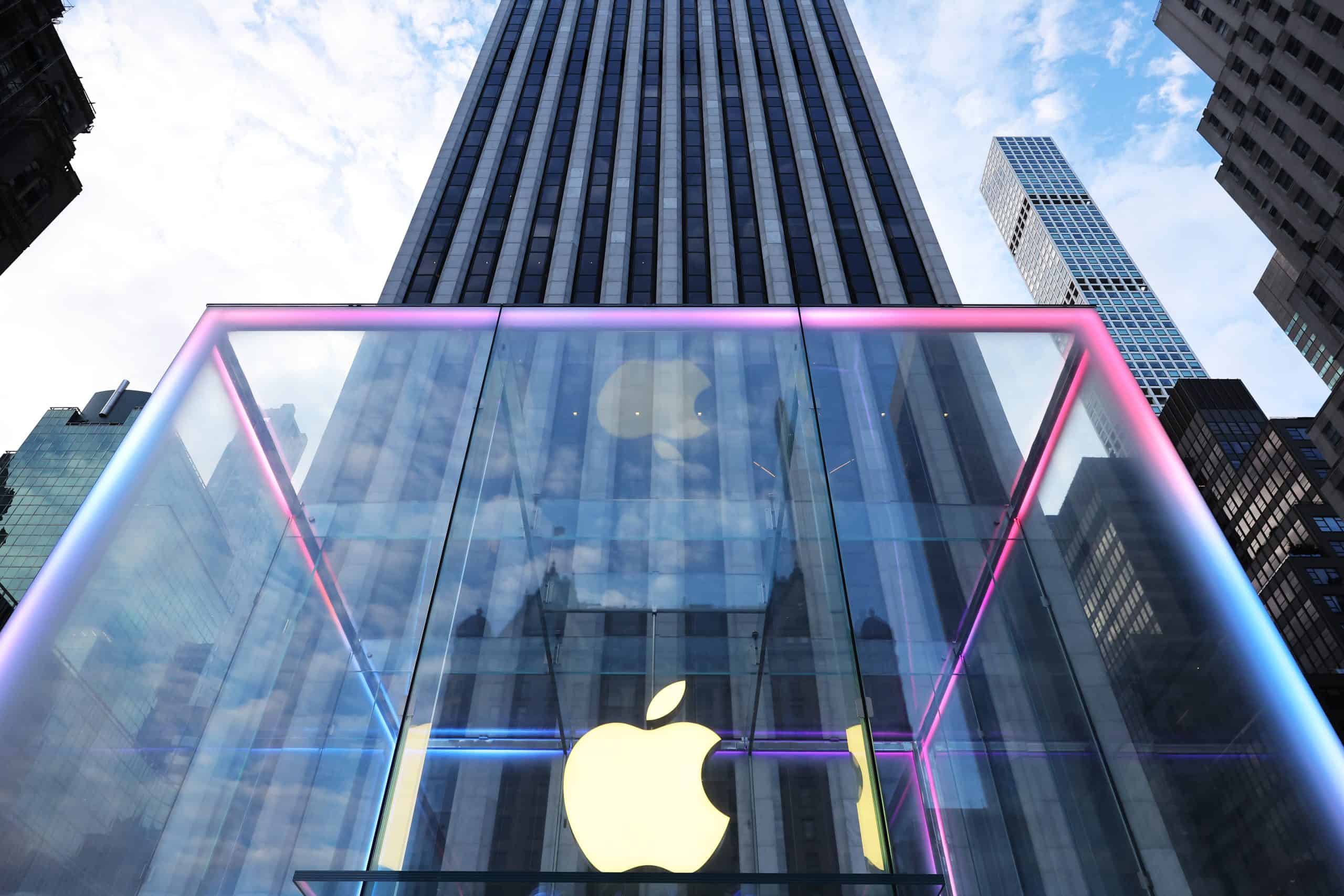Personal Finance
I'm 40 years old and own more than $100,000 of Apple stock - should I let it ride or sell to diversify?

Published:

In this piece, we’ll investigate the case of a 40-year-old retail investor who’s starting to see their Apple (NASDAQ:AAPL) stake grow to comprise a jarring portion of their portfolio. Indeed, Apple stock has been a huge winner in the past 10 years, gaining around 666% over the timespan. However, more recently, the stock has been a choppier, pricier ride, with more in the way of perceived risk than potential. With Warren Buffett bailing on most of his stake, it’s not a mystery why many long-time Apple holders are thinking about doing the same.
With a $100,000 position, shares of the Cupertino-based iPhone maker comprise just under 10% of the 40-year-old Redditor’s portfolio. That’s quite a large allocation to one stock, in my humble opinion. A financial advisor may be inclined to share the same view. However, I would strongly encourage anyone in a similar spot to consult for the services of an advisor on what to do if a holding flirts with a double-digit percentage of your total net worth.
This Apple shareholder is wondering if there’s any sense in being overweight in the iPhone maker anymore.
The S&P 500 already has plenty of Apple exposure. Taking a partial profit could prove wise as one aims to reduce their single-stock risk.
4 million Americans are set to retire this year. If you want to join them, click here now to see if you’re behind, or ahead. It only takes a minute. (Sponsor)
Diversification is praised by many financial advisors but slammed by some of the big-name money managers out there. Legendary investor Peter Lynch, who once had a more than a decade-long streak of incredible market-crushing returns, believes that too much diversification can lead to the “diworsificiation” of your portfolio.
While I believe diversification is the right choice for most investors who don’t know how to value a company, many may underestimate the value of adding extra holdings to their portfolio.
Even if you own the entire stock market, you won’t be able to eliminate the market risks. And if you own more than 20 stocks in your portfolio, there’s probably not much stock-specific risk you can eliminate unless, of course, the rest of your holdings aren’t sufficiently diversified across sectors.
In any case, diversification is a must for almost every investor, but remember that over-diversification could actually work against you. As the number of portfolio holdings goes up, you’ll have to do more homework or fail to keep up with all the names you own. Your results may be sub-par if you spread bets across your top 20 or 30 ideas rather than just your top five.
The right amount of diversification—such that stock-specific or sector-specific risk is reduced by a sufficient amount—is something to aim for. But beyond that, you’d probably be better off with fewer names. At the end of the day, you can do fine and be diversified enough with a handful of names that you could name by heart!
In the case of the 40-year-old Apple shareholder, his portfolio is well-diversified, with a vast majority of his wealth (around $730,000) in a Vanguard S&P 500 ETF. He’s clearly not guilty of diworsification. But is there too much single-stock risk? Though $100,000 in a single stock is excessive, I don’t think it’s anything to worry about, given the position comprises less than 10% of the portfolio.
For some, the double-digit percentage level warrants trimming. Some folks view 5% of the portfolio as the absolute max to have in a single name. Others may be comfortable with a 50% allocation in a single stock.
Ultimately, it comes down to whether the poster is comfortable with a moderate degree of single-stock risk in Apple, especially as shares correct on their own while the rest of the market holds relatively steady (the S&P 500 is down less than 2% from its high).
Given the barrage of bad news of late relating to “falling behind” in AI, potential China tariff woes, iPhone demand concerns, the cancellation of Apple’s AR glasses project, and more, it’s certainly a tempting time to hit the sell button. However, history suggests that throwing the towel in on AAPL stock after a correction is a bad move.
Though uncertainties and volatility are at a local high point, I wouldn’t sell out an entire position if I were in the Redditor’s shoes. Instead, trimming a quarter or half of the position could make sense, especially since the bad news probably isn’t over for Apple as the threat of Trump tariffs on China loom.
Additionally, diversifying into S&P 500 ETFs could prove wise since Apple already has a massive (nearly 7% weighting) holding in the index. Unless the Redditor is keen on being overweight Apple, I’m not against selling out.
Start by taking a quick retirement quiz from SmartAsset that will match you with up to 3 financial advisors that serve your area and beyond in 5 minutes, or less.
Each advisor has been vetted by SmartAsset and is held to a fiduciary standard to act in your best interests.
Here’s how it works:
1. Answer SmartAsset advisor match quiz
2. Review your pre-screened matches at your leisure. Check out the advisors’ profiles.
3. Speak with advisors at no cost to you. Have an introductory call on the phone or introduction in person and choose whom to work with in the future
Thank you for reading! Have some feedback for us?
Contact the 24/7 Wall St. editorial team.